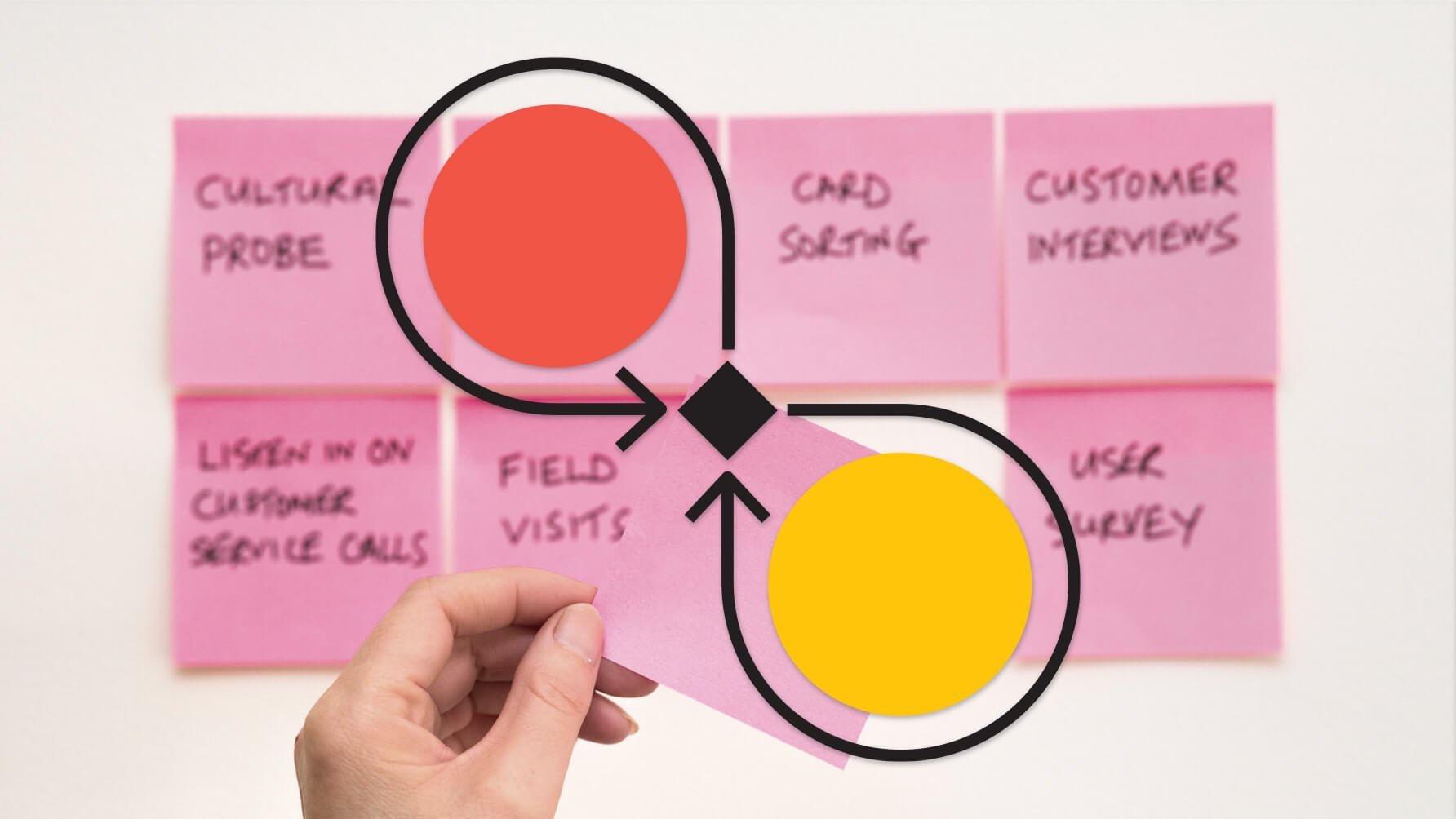How to keep momentum after a Hack day?
Photo by Braden Collum on Unsplash
I had a coffee chat last week with the Chief Information Officer (CIO) of an ASX100 manufacturing company. In a very traditional and process-driven organisation she wants her team to lead cross-functional innovation initiatives and has introduced hack days to initiate a spark. She was concerned about how to keep momentum after a hack day.
So she approached me to draw on Strategyzer’s experience in creating sustainable innovation ecosystems in organisations.
1. Objective
Wikipedia: a hackathon (also known as a hack day, hack fest or code fest) is a design sprint-like event in which computer programmers and others involved in software development, including graphic designers, interface designers, project managers, and others, often including domain experts, collaborate intensively on software projects.
In this company, she wants to use hack days as a way for her technology team to contribute to resolve problems experienced by employees or customers. Just the week before, she had organised and facilitated the first hack day.
It was a big success and three self-organised teams had formed on three different ideas that had picked up momentum throughout the day. Those three ideas were all efficiency innovation. They were about improving existing business processes, rather than exploring new products, services or businesses.
But even though they were still relatively close to current business they were also different enough for the team to be hesitant about the way to progress them further after the hack day. And as days passed by, she was growing worried that momentum and energy would be lost and that the hack day would lead to no tangible outcome.
She had a deep sense of opportunity for real change but felt she had to act quickly. I asked her what her real purpose was with these hack days. If she looked beyond her immediate need to support those three teams, what was the long-term objective? She acknowledged that delivering on those three ideas was not the end game.
“This is just the first step in a much longer journey to develop the ability to adapt and change as an organisation”, she said.
2. Innovation Readiness
“How ready is the organisation to support those three teams today? What can they piggy back on? What is missing?”
I showed her the innovation readiness assessment tool we developed at Strategyzer. It helps leaders identify strengths and weaknesses in their innovation ecosystem, and also acknowledge their current blind spots (i.e. the things they should be doing to nurture a thriving innovation ecosystem that they are not even aware of).
As my colleague Tendayi Viki writes:
“At the moment, companies are jumping in feet first, looking to innovate before they’ve done the work to assess their level of readiness to nurture innovation and build the right internal structures and environment.”
Score your organisation for the 3 following categories:
- Leadership Support
- Organisation Design
- Innovation Practice
The tool focuses on the three critical areas of leadership support, organisational design and innovation practice. I also explained how powerful the tool is as a workshop exercise to align key stakeholders on:
• The company innovation readiness baseline.
• 2 or 3 improvement focus areas in the short term.
She said that the two most urgent improvement areas would be innovation tools and process management. Teams out of hack days needed to be urgently equipped with a toolkit and a process they could follow to progress their innovation idea from a hack day experience to a delivered outcome.
3. Mapping the Innovation Ecosystem
Executives have a strong capability for quick decision-making, but I wanted to make sure she was not settling on those improvement areas too quickly. I walked her through the other “usual suspects”, the typical weaknesses and blind spots I see in most organisations that prevent many innovation initiatives to come to fruition (e.g. wrong incentive system, inadequate portfolio governance model, experience gap, fragile leadership support). I told her about the scaffolding elements we usually put in place to make sure innovation initiatives have the best chance of success. I did a quick drawing using the visual framework I developed for business transformation or innovation ecosystem design.
The framework shows:
• The elements (ideas, teams, projects) of an innovation playground or funnel.
• The inputs i.e. where those elements come from before entering the funnel.
• The expected outputs i.e. the objectives and outcomes that those elements should enable.
• The scaffolding elements required for those elements to survive and thrive in their specific business environment.
With what she had shared so far the visual representation looked like this:
As it often happens when we get in flow, time flies and our coffee catchup came to quite an abrupt stop as we ran out of time.
As we were leaving, she reiterated that she was ready for a marathon and not a sprint. She was fine with a phased approach to build a sustainable innovation ecosystem, focusing first on the missing innovation practice elements. We agreed to meet again to flesh out the setup of a minimal toolkit and process to support teams out of hack days.
“But for now, sorry, got to run to my next meeting...” she said.
Recap on how to keep momentum after a hack day:
Be clear on your purpose.
Assess your innovation readiness.
Identify the two improvement areas with highest leverage.
Act on them!
Note: an earlier version of this post was originally published on the Strategyzer blog
More posts on questions from executives






